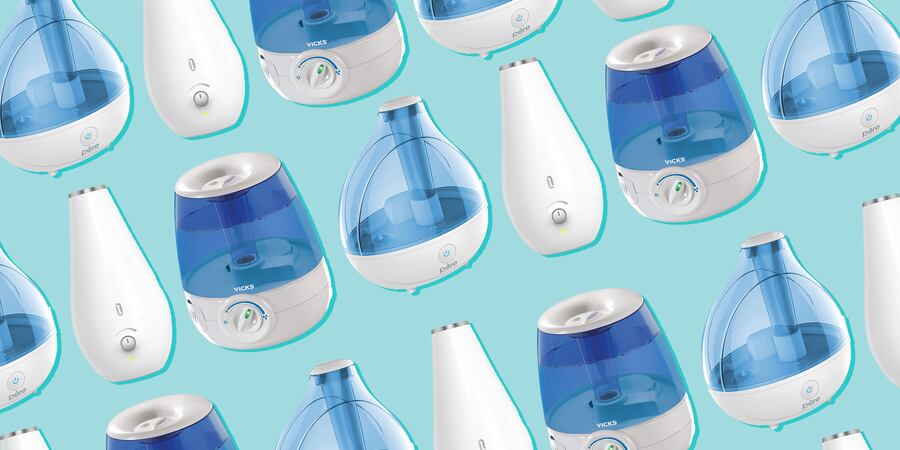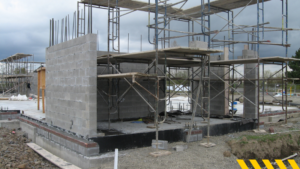
Whole-House Humidifier Types and Their Benefits
Optimal humidity levels in your home are key to comfort, health, and maintaining your property. Whole-house humidifiers are an effective solution for regulating indoor humidity, especially during the dry winter months. This article explores the different types of whole-house humidifiers and their benefits.
Types of Whole-House Humidifiers
1. Bypass Humidifiers
Bypass humidifiers are connected to your home’s HVAC system. They work by drawing warm air from the furnace, passing it through a water panel, and then circulating the humidified air back into the ductwork.
- Pros: Cost-effective, relatively easy to install, low maintenance.
- Cons: Requires a bypass duct, can be less efficient in very large homes.
2. Fan-Powered Humidifiers
Fan-powered humidifiers operate similarly to bypass humidifiers but include a built-in fan to move air through the water panel. This increases their efficiency and effectiveness.
- Pros: More efficient than bypass models, no need for bypass ducting, higher humidity output.
- Cons: Slightly higher energy consumption due to the built-in fan.
3. Steam Humidifiers
Steam humidifiers produce humidity by boiling water and releasing steam into the airflow. These are among the most efficient and precise types of whole-house humidifiers.
- Pros: Highly efficient, works in a wide range of conditions, precise humidity control.
- Cons: Higher initial cost, increased energy consumption, more complex installation.
4. Drum Humidifiers
Drum humidifiers feature a rotating drum partially submerged in water. As the drum turns, air is blown over the wet surface, picking up moisture.
- Pros: Low initial cost, simple design.
- Cons: Higher maintenance due to potential mold and bacteria growth in the water reservoir, less efficient.
Benefits of Whole-House Humidifiers
1. Improved Comfort
Maintaining proper humidity levels (between 30-50%) prevents dry skin, itchy eyes, and respiratory issues. Whole-house humidifiers ensure your entire home stays comfortable, not just individual rooms.
2. Health Benefits
Proper humidity levels can reduce the spread of airborne viruses and bacteria, alleviating allergy and asthma symptoms. It also prevents dryness in the nasal passages and throat, reducing the risk of respiratory infections.
3. Protection for Your Home
Low humidity can cause wood furniture, floors, and trim to crack and warp. This can lead to the detachment of paint and wallpaper. Whole-house humidifiers help preserve these elements by maintaining a stable indoor environment.
4. Energy Efficiency
Humidified air feels warmer, allowing you to lower your thermostat settings without sacrificing comfort. This can lead to energy savings during the winter months.
5. Reduced Static Electricity
Low humidity increases static electricity, which can be annoying and potentially damaging to electronic devices. Whole-house humidifiers help minimize static buildup.
Conclusion
Investing in a whole-house humidifier can significantly enhance the comfort, health, and preservation of your home. By understanding the different types available, you can choose the best option to meet your needs and enjoy the numerous benefits of a properly humidified living environment – by ac murah jakarta.


